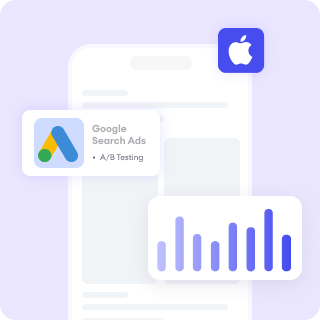How To Identify If Your Website Has A Thin Content?
Thin content is content that doesn’t offer much value to users. Search engines like Google aim to show helpful, relevant, and well-rounded results to their users.
So, if your pages are too short, poorly written, or lack depth, they might be flagged as thin content.
Thin content can negatively impact a website in several ways such as poor rankings. With lower rankings, fewer users find and visit your site, reducing organic traffic. This content also often frustrates visitors by not providing enough value, leading to higher bounce rates and fewer conversions. The worst thing that could happen to your site is, that Google may penalize it due to excessively thin content, especially if it’s duplicate or spammy.
If you want to find out whether your site has thin content or not, and what you should do to fix it, read our SEO guide here:
Common Signs of Thin Content
Here’s how you can spot thin content on your site:
1. Very Short Pages
Are your blog posts or pages super brief? While there’s no definite number, pages under 300 words often struggle to provide enough depth or detail to satisfy readers. For SEO, longer, more comprehensive content typically performs better.
2. Duplicate Content
If multiple pages on your site have the same or very similar content, that’s a red flag. Google wants variety, not repetition. Duplicate content can confuse search engines and dilute your rankings.
3. Pages with Little to No Value
Do you have pages that exist solely for the sake of existing? Examples might include:
- Placeholder pages with minimal text.
- Affiliate pages with no added insight or commentary.
- Thin product descriptions copied from a manufacturer.
These types of pages are unlikely to rank well.
4. High Bounce Rates
Check your analytics: if users are landing on your page and leaving almost immediately, it could mean the content isn’t meeting their expectations. A high bounce rate can be a signal that the page isn’t engaging or informative enough.
Learn more: What Is A Bounce Rate?
5. Over-Optimized Content
Trying too hard to stuff keywords into a page? That can lead to content that feels robotic and unhelpful. Instead of ranking better, overly optimized thin content often gets penalized.
How to Test Your Content for "Thinness"
Step 1: Put Yourself in the User’s Shoes
Visit your pages and ask yourself:
- Does this page answer the question it promises to?
- Is it detailed enough to leave the user feeling satisfied?
- Does it stand out from other pages on the same topic?
Step 2: Analyze Your Metrics
Tools like Google Analytics and Google Search Console are your best friends here. Look for:
- Pages with high bounce rates.
- Pages with very low traffic.
- Queries where your page ranks but has low click-through rates (CTR).
Step 3: Use Content Auditing Tools
SEO tools like SEMrush, Ahrefs, or Screaming Frog can help identify pages with thin content. Look for warnings like:
- Duplicate content issues.
- Pages with low word counts.
- Pages with few or no backlinks.
What to Do If You Have Thin Content
If you’ve identified thin content on your site, don’t panic! Here’s how you can fix it:
- Beef Up Your Content - Take those short, unhelpful pages and expand them. Add examples, visuals, FAQs, or step-by-step instructions to make them more useful.
- Combine Similar Pages - If you have multiple pages covering the same topic, consider merging them into one comprehensive guide. This can reduce duplication and boost the quality of your content.
- Remove Low-Value Pages - For pages that don’t serve any purpose and can’t be improved, it’s okay to delete them. Redirect users to better, more relevant content on your site.
- Focus on Originality - Make sure your content is unique. Add your own insights, research, or perspective to stand out from competitors.
Conclusion
The good news is that thin content isn’t a death sentence for your site. By identifying weak spots, focusing on quality, and delivering value to your audience, you can turn things around and watch your rankings climb. Remember, the key is to create content that’s not just for search engines—but for the people using them.
Improve your website performance with FoxAdvert!
If you are looking forward on how to improve your website performance, our professional team of SEO experts at FoxAdvert can help you. Contact us today to start your journey 😊











